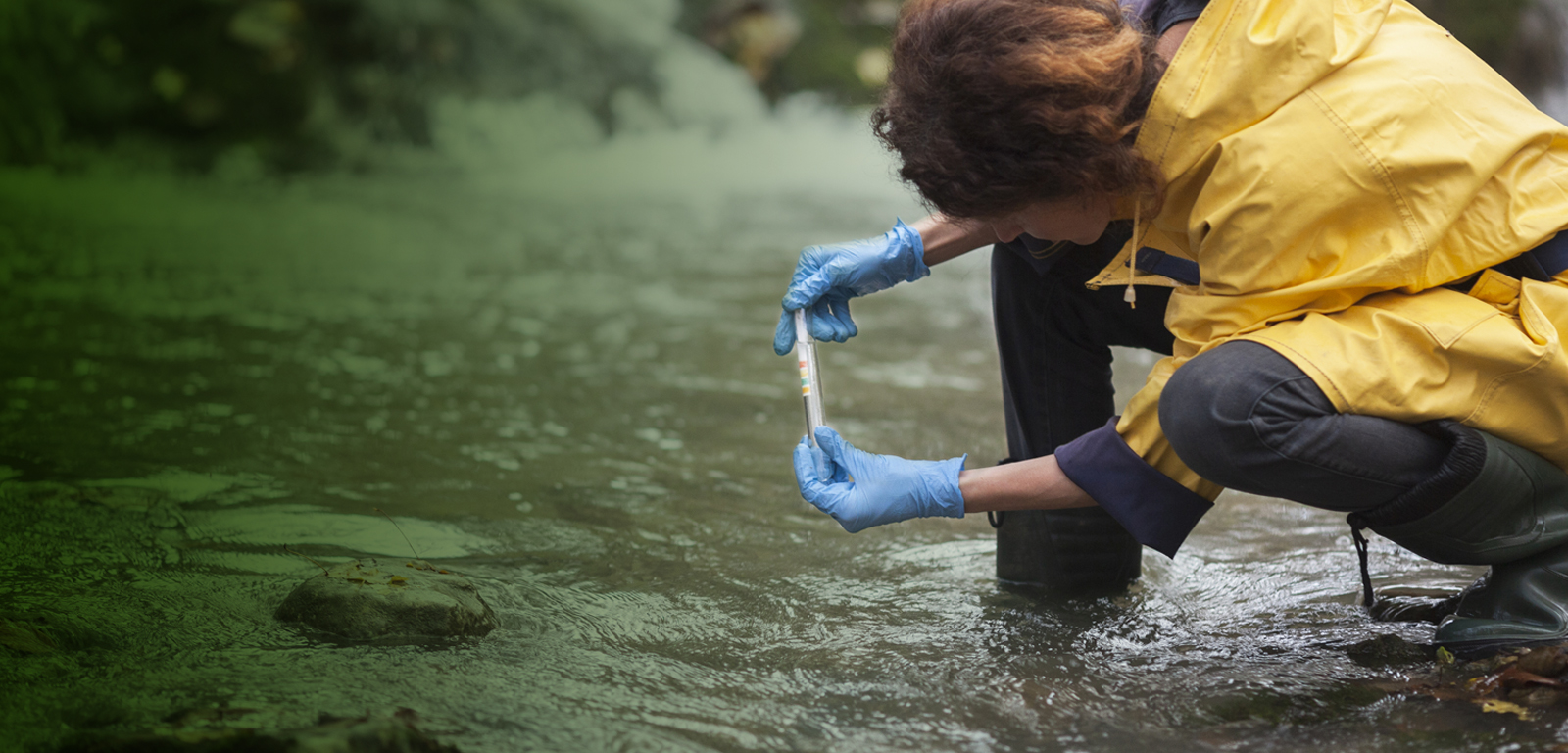Subject
Mathematical analysis and modelling methods applied to the environment/Introduction to Marine Ecosystems modelling
General details of the subject
- Mode
- Face-to-face degree course
- Language
- English
Description and contextualization of the subject
Mathematical analysis and modelling methods applied to the environment / Introduction to marine ecosystems modellingTools of numerical resolution adapted to the problems encountered in the quantitative study of the environment.
Aims
¿ To provide solid mathematical tools to construct and interpret physical and biological models in the marine environment.
Objectives
At the end of the unit, you should:
1. understand the modelling tools useful for the study of the marine environment.
Key Skills Acquired
At the end of the unit, you should be able to:
1. work out tools of numerical resolution adapted to the problems encountered in the quantitative study of the environment.
2. work out a digital model for a new problem, while being conscious of the inherent limitations.
Teaching staff
| Name | Institution | Category | Doctor | Teaching profile | Area | |
|---|---|---|---|---|---|---|
| ETXEBARRIA LOIZATE, NESTOR | University of the Basque Country | Profesorado Catedratico De Universidad | Doctor | Bilingual | Analytical Chemistry | nestor.etxebarria@ehu.eus |
| ORTIZ ZARRAGOITIA, MAREN | University of the Basque Country | Profesorado Agregado | Doctor | Bilingual | Cellular Biology | maren.ortiz@ehu.eus |
Competencies
| Name | Weight |
|---|---|
| Desarrollar herramientas de resolución numérica adaptadas a los problemas detectados durante el estudio cuantitativo del entorno. | 60.0 % |
| Desarrollar un modelo digital para un nuevo problema, a la vez que se tienen en cuenta las limitaciones que conlleva. | 40.0 % |
Study types
| Type | Face-to-face hours | Non face-to-face hours | Total hours |
|---|---|---|---|
| Lecture-based | 30 | 60 | 90 |
| Applied computer-based groups | 30 | 30 | 60 |
Training activities
| Name | Hours | Percentage of classroom teaching |
|---|---|---|
| Expositive classes | 70.0 | 29 % |
| Groupwork | 8.0 | 75 % |
| Information presentation | 48.0 | 33 % |
| Networking | 24.0 | 75 % |
Assessment systems
| Name | Minimum weighting | Maximum weighting |
|---|---|---|
| Oral examination | 50.0 % | 50.0 % |
| Practical tasks | 0.0 % | 50.0 % |
| Written examination | 50.0 % | 50.0 % |
Learning outcomes of the subject
At the end of the unit, you should be able to:1. work out tools of numerical resolution adapted to the problems encountered in the quantitative study of the environment.
2. work out a digital model for a new problem, while being conscious of the inherent limitations.
Temary
History of modelling, recalls of the basic mathematical concepts, discretization of oceanographic processes, Coriolis, diffusion, eccentric grids, waves of gravity, diagrams of advection, treatment of the pressure, mode-splitting, Poisson's equations, concepts of nesting, curvilinear coordinates, assimilation of data, adaptive gridsBibliography
Basic bibliography
The notes of course will be available via WWW in format pdf.Electronic copies of interactive "transparencies" are also deposited there under format pdf. http: /modb.oce.ULiège.ac.be/cours/MECA055/accueil.html


